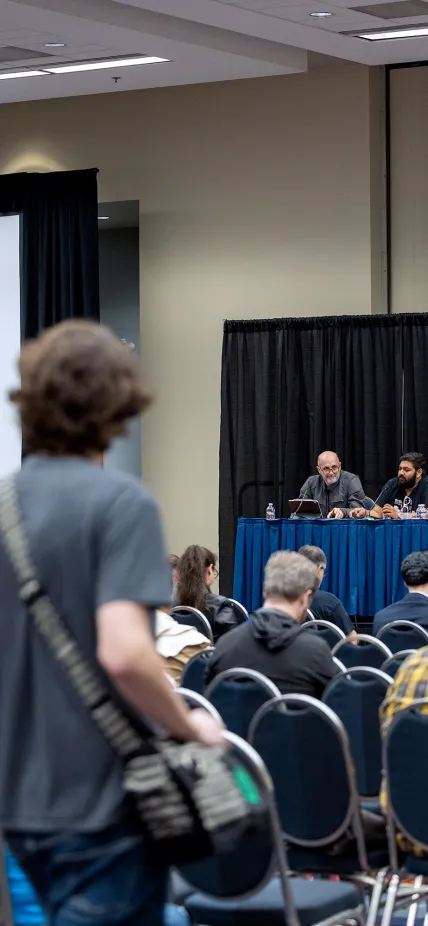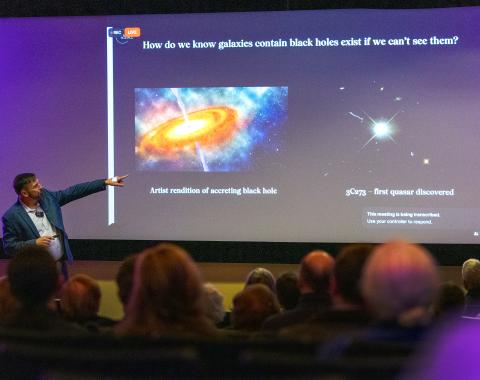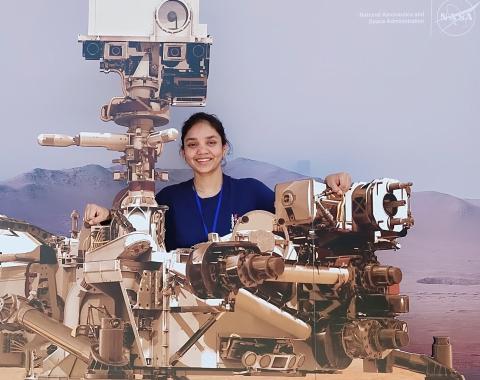Last week, Carnegie Science brought exoplanetary research to D.C.’s favorite comic convention with a stellar panel titled “Exploring the Science of Sci-Fi Planets.” The session drew an enthusiastic crowd of around 175 Awesome Con attendees eager to blend their love of science fiction with real, research-backed details about the tremendous diversity of worlds beyond our Solar System.
Over an action-packed hour, a dynamic panel of planetary scientists from Carnegie’s Earth and Planets Laboratory (EPL) delved into the real-world science behind some of pop culture’s most iconic fictional worlds—from the windswept deserts of Arrakis to the icy moons of Andoria.
Moderated by EPL Director Dr. Mike Walter, the panel featured a multidisciplinary lineup:
- Chris Carchedi (Seismologist)
- Andrea Goltz (Geophysicist)
- Anirudh Prabhu (Informatics)
- Nicole Wallack (Astronomer)
- Mike Wong (Astrobiologist)
Together, they tackled questions like:
🌍 How do desert worlds like Arrakis or Tatooine form?
🌊 Could a Jupiter-sized water world, as seen in One Piece, actually exist?
🌋 Could strange life evolve on a lava world like Mustafar?
One of the most exciting parts of the conversation was hearing how each scientist’s field offered a different take on the same planetary puzzle. Whether it was magnetic fields, planetary cores, plate tectonics, or biosignatures, the on-stage cross-talk revealed just how rich and complex real planet formation—and habitability—can be.
The cosmic takeaway?
While sci-fi worlds push the boundaries of imagination, many of them are rooted in real science. And with trillions of planets in our galaxy—and even more galaxies beyond—it’s not just possible, but likely, that strange new worlds like the ones we imagine are out there, waiting to be discovered. (Whether or not their inhabitants speak English is another story.)
Couldn’t make the panel? Subscribe to our newsletters for future events, planetary science updates, and more explorations into the science behind the sci-fi.

From left to right: Mike Walter, Anirudh Prabhu, Andrea Goltz, Chris Carchedi, Nicole Wallack, and Mike Wong at the AwesomeCon Panel.
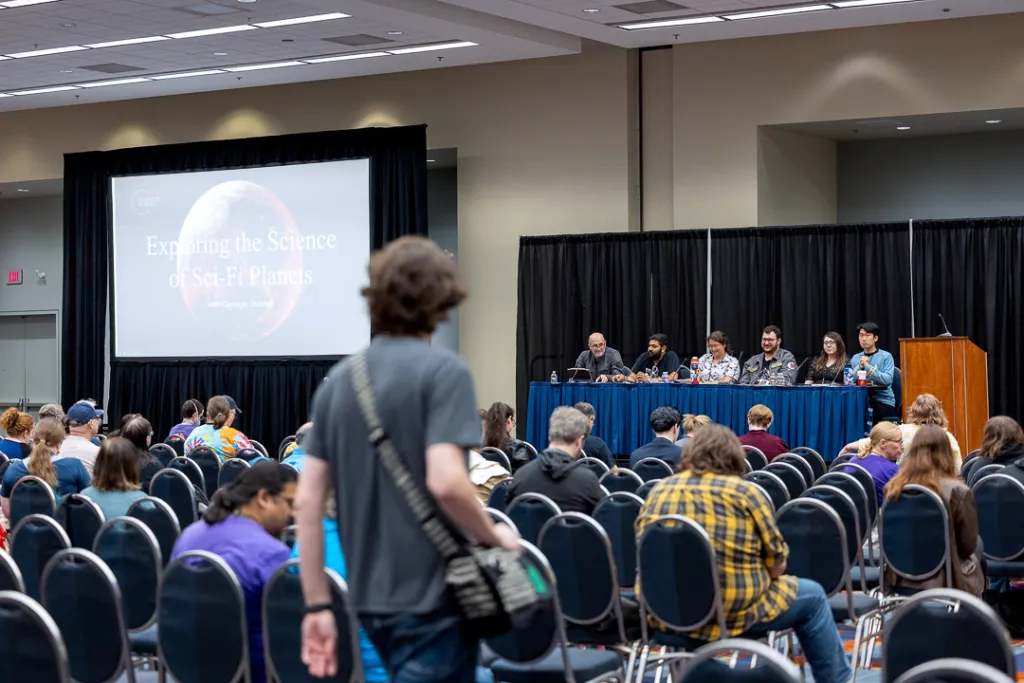
There were more than 150 people in the audience to watch Carnegie Science researchers discuss the science of sci-fi planets.
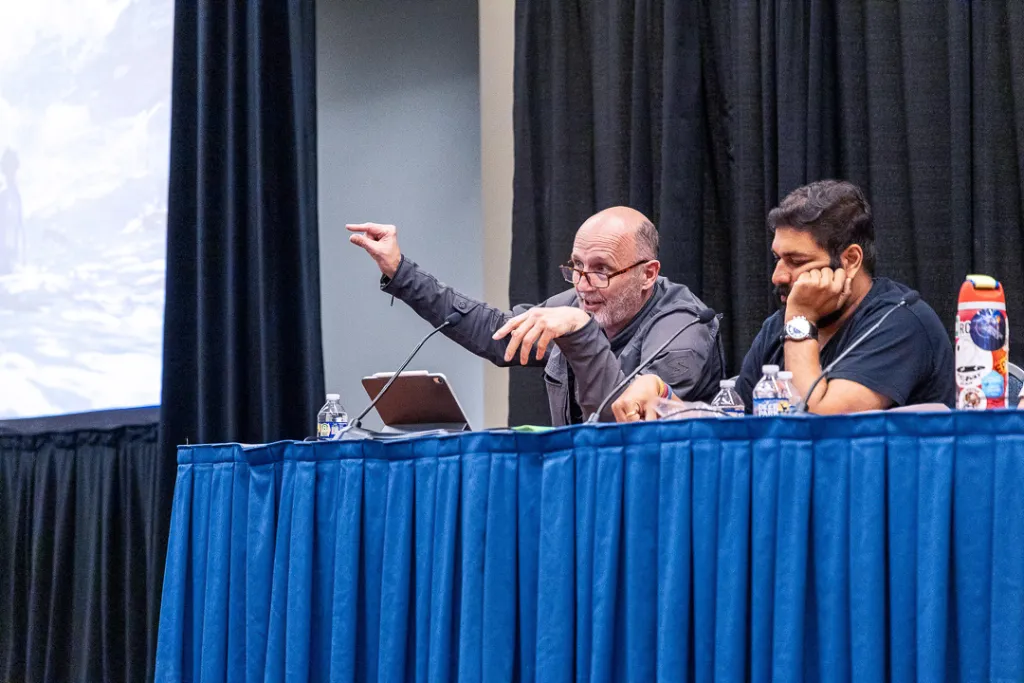
Mike Walter talks about Earth's water and where it comes from.
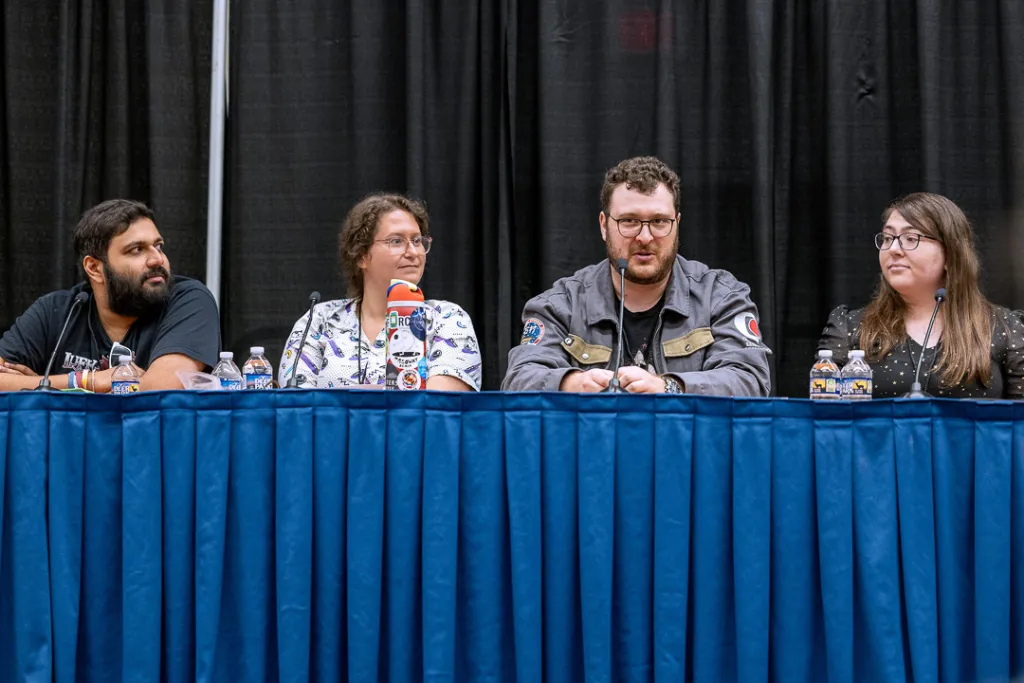
Chris Carchedi discusses the magnetic field of Arrakis.
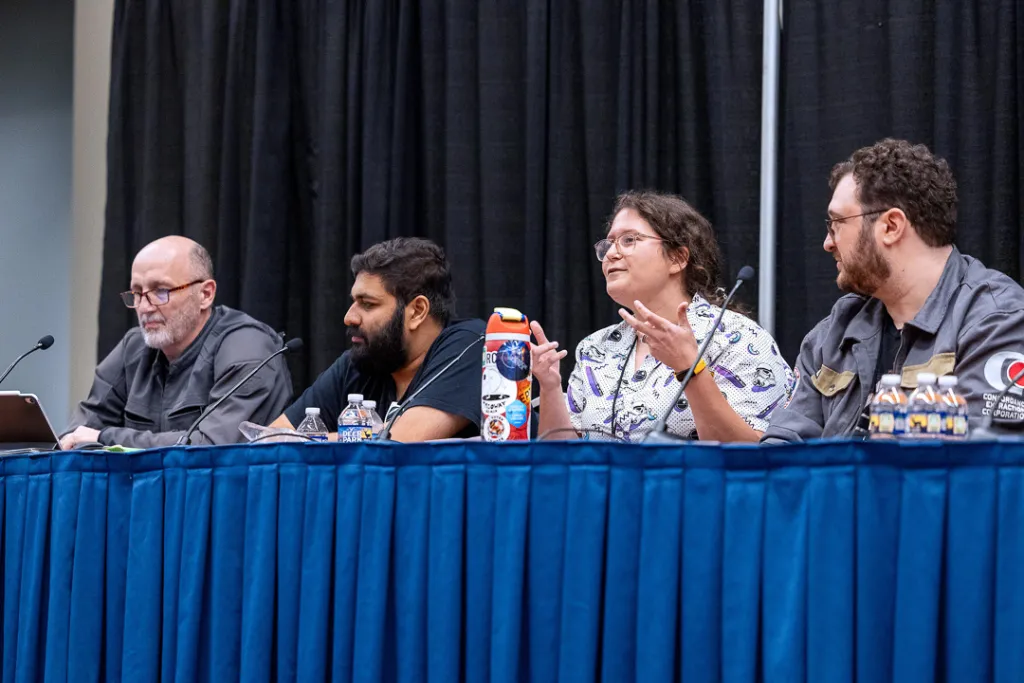
Andrea Goltz talks about lava worlds.
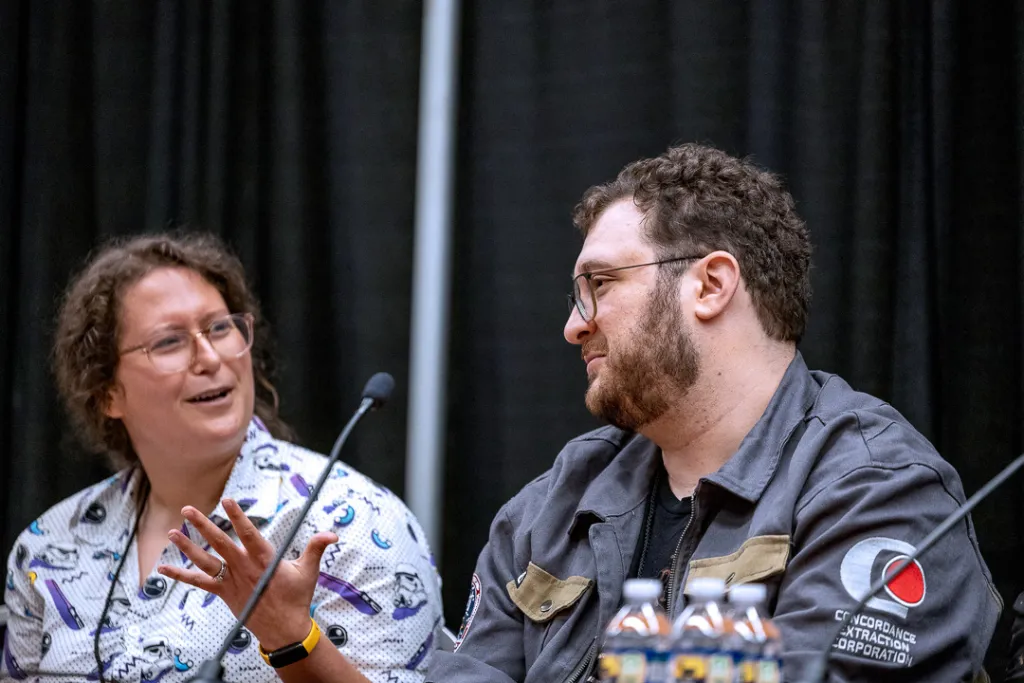
Chris Carchedi and Andrea Goltz talk about if Earth was a ever a lava world.
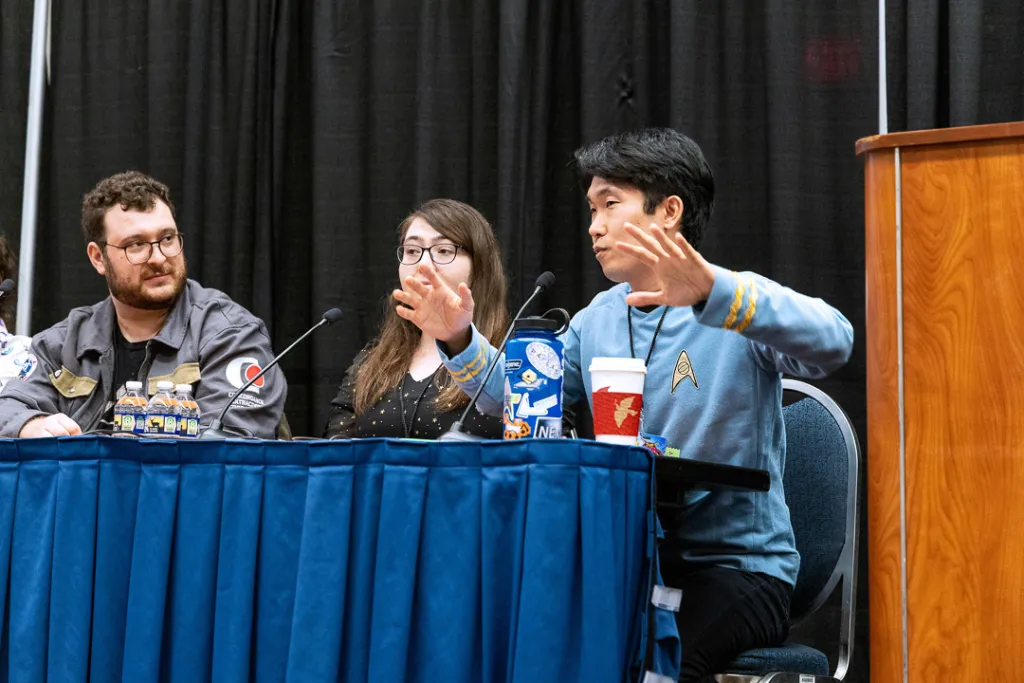
Mike Wong talks about the potential for non-carbon-based life forms on other worlds.
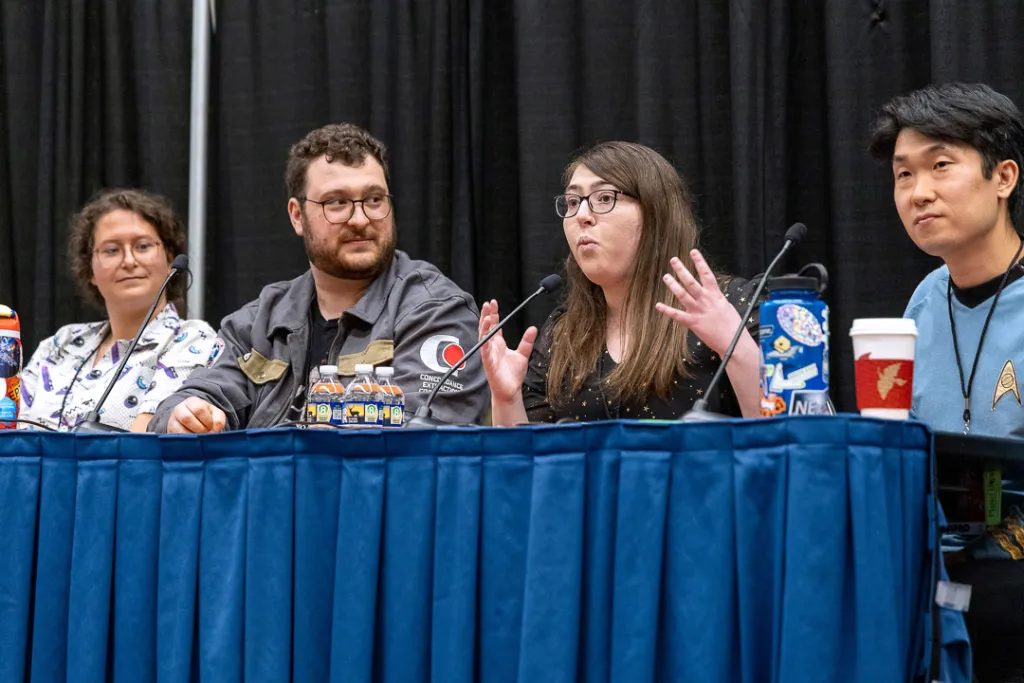
Nicole Wallack discusses the information we can gather about other planets through modern astronomy.
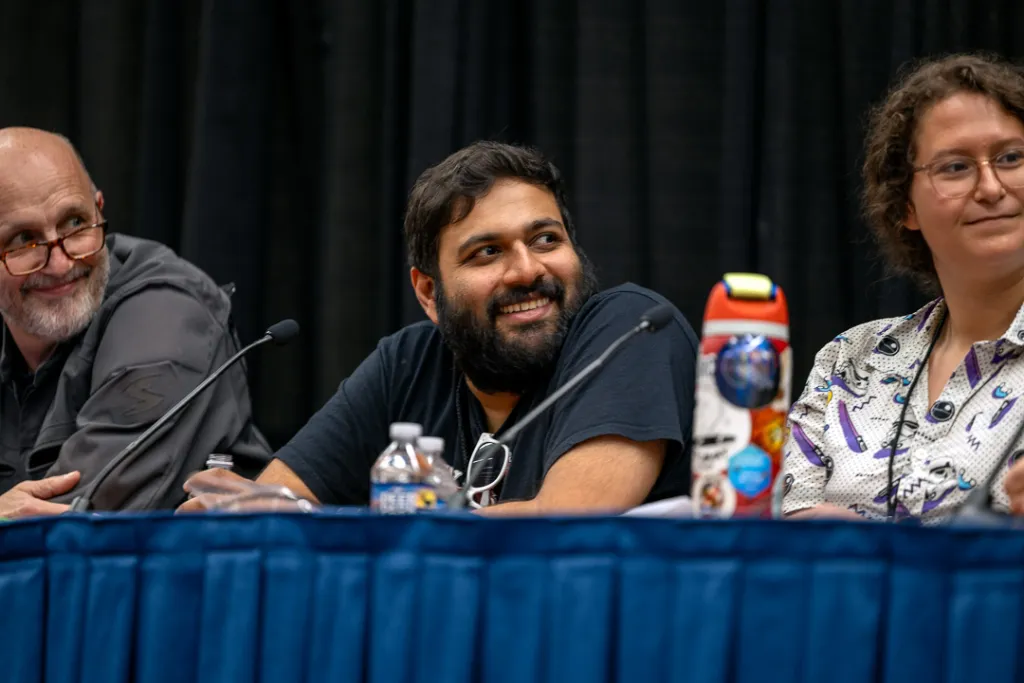
Anirudh Prabhu explained that planets bigger than Jupiter, like the water world in One Piece, cannot exist.
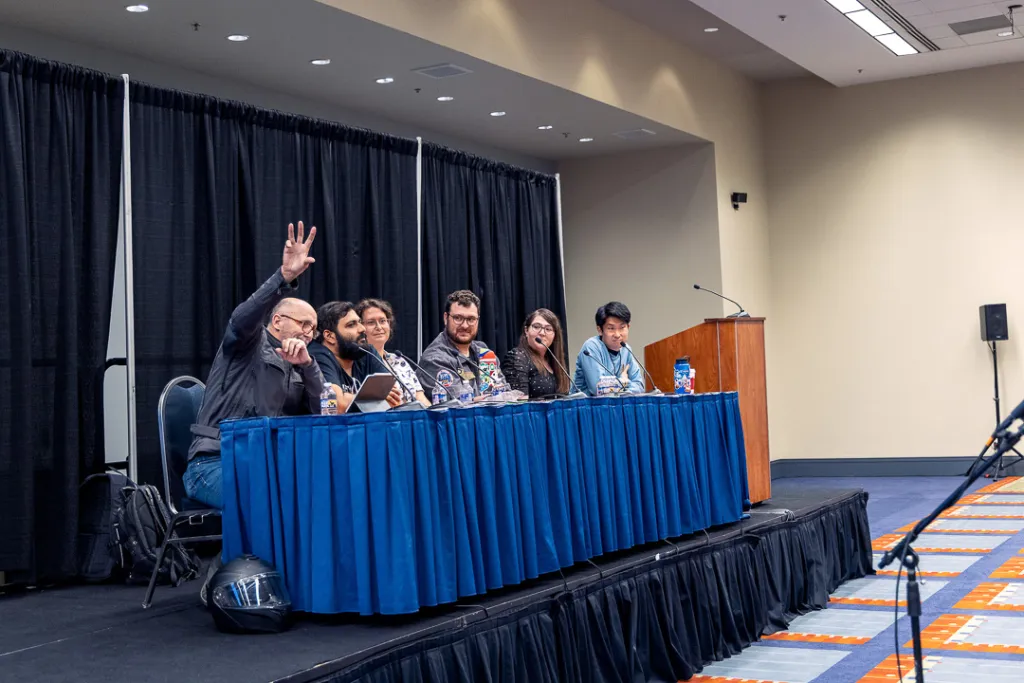
Mike Walter quizzed the audience on planetary science facts throughout the panel.
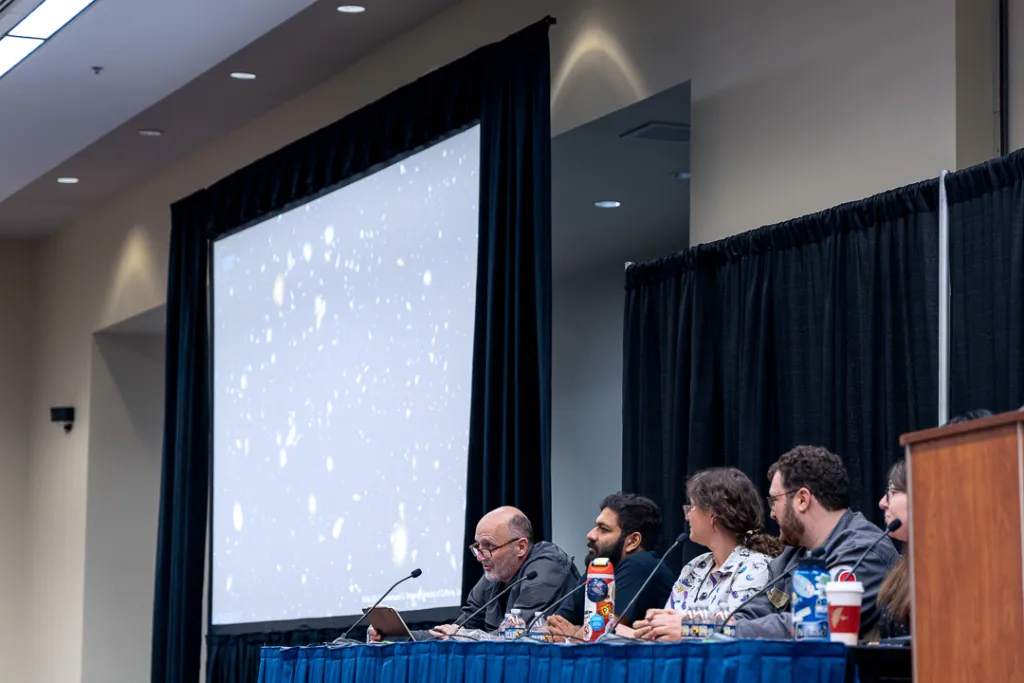
Mike Walter explains that with trillions of planets in our galaxy and trillions of galaxies in the universe, even the weirdest sci-fi planets could exist somewhere.

Audience members asked the scientists questions about sci-fi planets.

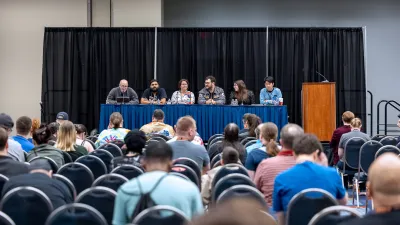
AwesomeCon Panelists
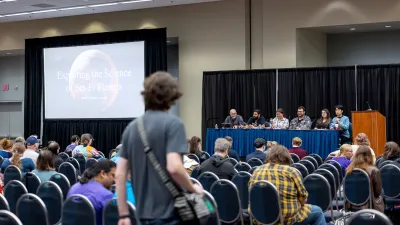
AwesomeCon Audience
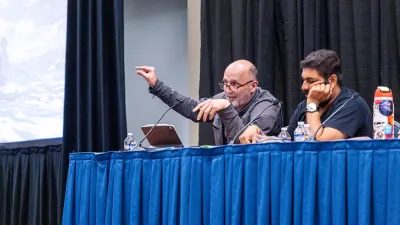
Explaining Water Worlds
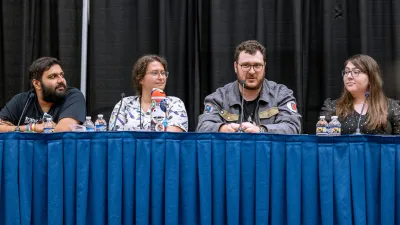
Chris Carchedi at AwesomeCon
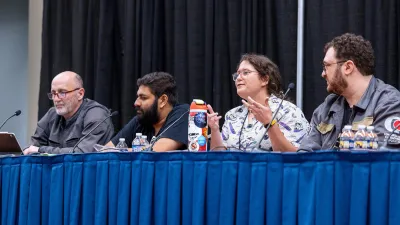
Andrea Goltz at AwesomeCon
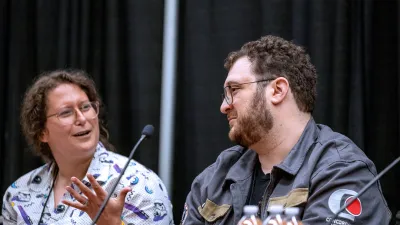
On Stage Discussion at AwesomeCon
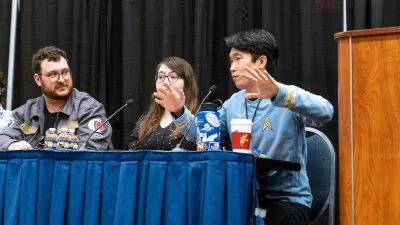
Mike Wong Talks Astrobiology

Nicole Wallack at AwesomeCon
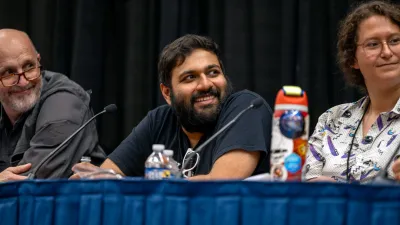
Anirudh Prabhu at AwesomeCon
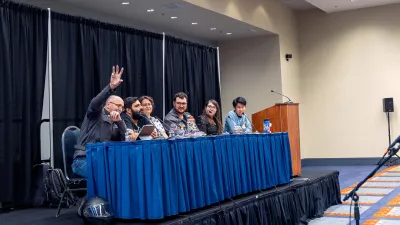
Pop Quiz
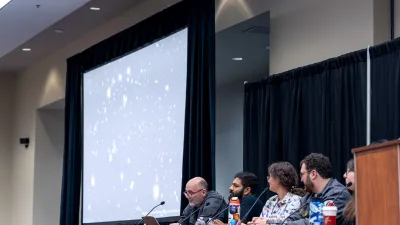
The Vast Cosmos
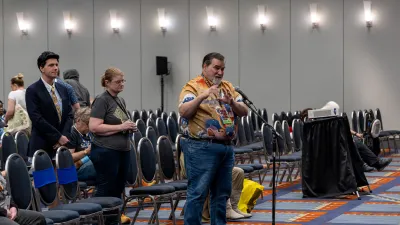
Guest Q&A
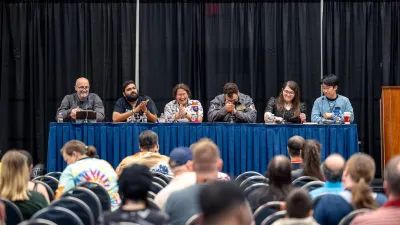
AwesomeCon Panel Joking
